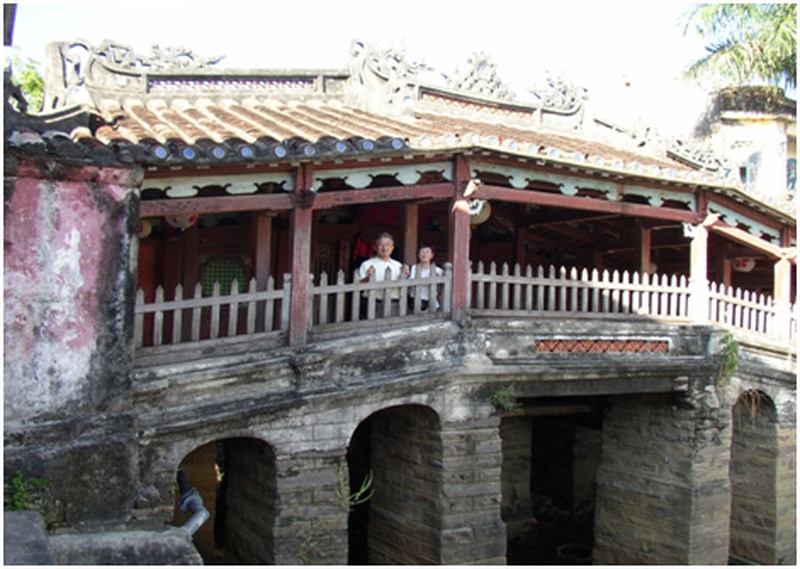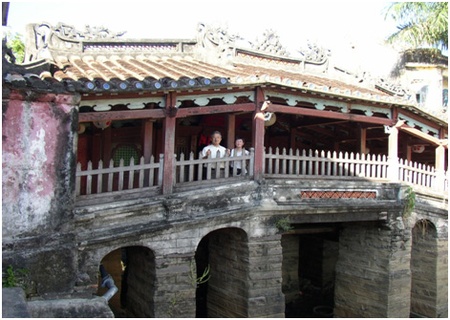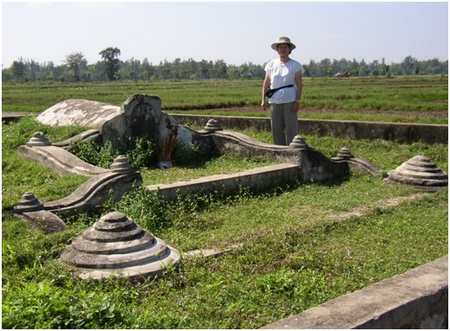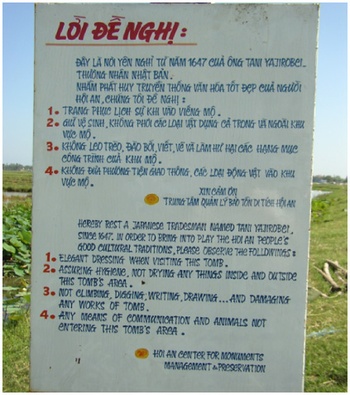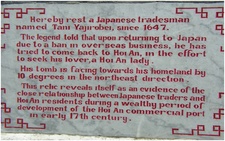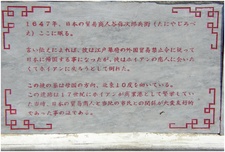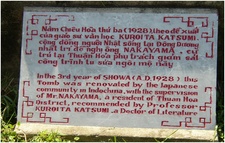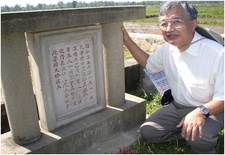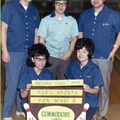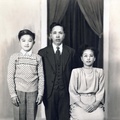We love to travel and like most travelers, have a bucket list of places we want to visit before we die. At the top of our list are the UNESCO world heritage sites which, in 2014, number close to one thousand. Our travels have been greatly enriched by learning about and meeting with Nikkei who left their homeland and dispersed throughout the world. The Association of Nikkei and Japanese Abroad, estimate that there are between 2.5 and 3.0 million Nikkei living in their adopted countries. The largest Nikkei populations are in Brazil (1.5 million), the United States (1.2 million), and Peru (80,000). In Canada we number about 68,000.
The Japanese diaspora or “scattering” is said to have been initiated toward the end of the 16th century with the arrival of the Portuguese in Japan in 1543. The first to be dispersed were Japanese who were taken and sold as slaves in regions where Portugal was the colonial power such as India, Southeast Asia, and southern China. Some Japanese girls were sent as far afield as Portugal for sexual purposes.1
With the opening of Japan to the outside world, seafarers developed trade routes linking Japan to these areas and especially to Southeast Asia. With its close proximity to the South China Sea, Hoi An in central Vietnam became one of the most important trading ports visited by traders not only from Japan but also from China, the Netherlands, and India.
In all these areas, particularly in the main cities and ports, Japanese began to settle and developed commercial relations. The Japanese men who established themselves in these areas ended up marrying locally and created communities to raise their children. Japanese commerce expanded in the region until sakoku, the closure of Japan to the outside world for 250 years. Japan’s expulsion of foreigners and its self imposed isolation was precipitated in part by Portugal’s refusal to stop the purchase and selling of hundreds of Japanese men and women into slavery.2 The overseas Japanese found themselves without any possibility of returning to Japan and remained in these areas for the rest of their lives. Without contact with Japan, these communities did not survive more than fifty or seventy years after its “closure.”
In present day Vietnam, the influence of these early settlers from Japan could be seen in the architecture. According to UNESCO, some of the houses in the historic town of Hoi An are similar to the merchant houses in Kyoto. The most significant structure is the Japanese bridge which linked the Japanese quarter with the Chinese. Constructed in the early 1600s it is a symbol of the town which was declared a UNESCO world heritage site in 1999.


Graveyards and cemeteries, like museums, archives, and national monuments, provide travelers with a wealth of information. We found this to be the case in Vietnam. The Japanese communities of the pre-sakoku era3 have long disappeared but there are many graves in church yards with Japanese names. We also found graves of Japanese men in rice paddies being tended to by either descendents, friends, or the country. We went in search of their stories.
In Vietnam, the Japanese settled mainly in the port towns of Hoi An and Da Nang. Of the estimated 300 Japanese living in these quarters in the 1600s, the majority were Christians who went back and forth to Japan with the traders who exchanged Japanese silver for gold, silk, spices, and gunpowder. Hoi An, like Ephesus in Turkey today, was a major trading port but due to the silting up of the river on which it is situated, can no longer be visited by ocean-going vessels.
With the closure of Japan to foreigners and their influence, Japanese Christians who were expelled migrated to South East Asia. Over 100,000 left Japan in the first half of the 17th Century, approximately 71,000 aboard Japanese ships and about another 30,000 on foreign ships, and multiplied the numbers of permanent residents in this area of Asia. Among the immigrants were some samurai who were greatly prized for their military skills and experience by the ruling elite of the area who were engaged in internal and external wars. The descendents of these early migrants, both Christians and non-Christians, are offsprings of local and Japanese parents.4
Our knowledge of Vietnam prior to our visit was based mainly on the news reports of the Vietnam War. We call it the Vietnam War but the Vietnamese refer to this era as “the French War” and “the American War”. Unlike the many war cemeteries in Europe, we did not see any for American or Canadian soldiers who fought in Vietnam.
Closer to home, gravesites of pre-WWII Nikkei can be found in cemeteries in the coastal towns of British Columbia. Many of the people buried on Vancouver Island no longer have descendants living nearby. To pay respect to the Nikkei who made their lives on Vancouver Island and have long since passed on, the BC Jodo Shinshu Buddhist Temples Federation conduct an annual bus tour to the cemeteries in Chemainus, Port Alberni, Nanaimo, Duncan, and Victoria during Obon, the lantern festival, when spirits of family ancestors are believed to return.
Notes:
1. Japan Times book review by Michael Hoffman of Portuguese Colonialism and Japanese Slaves by Michio Kitahara, 2013
2. Ibid.
3. sakoku = Tokugawa Period policy of isolation whereby Japan was closed to exit or entry
4. Madalena Ribiro, The Japanese Diaspora in the Seventeenth Century. According to Jesuit Sources. Bulletin of Portuguese-Japanese Studies, 2001.
© 2014 Masako & Stan Fukawa



